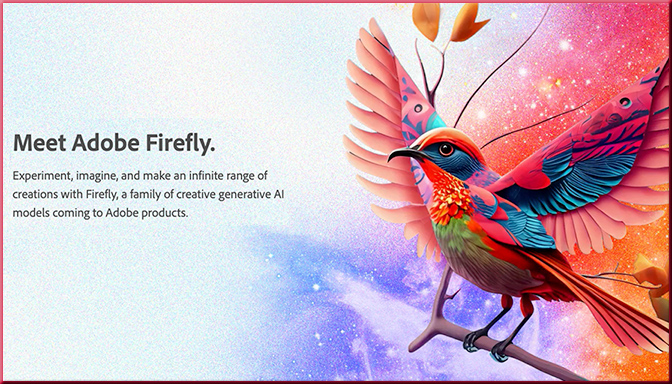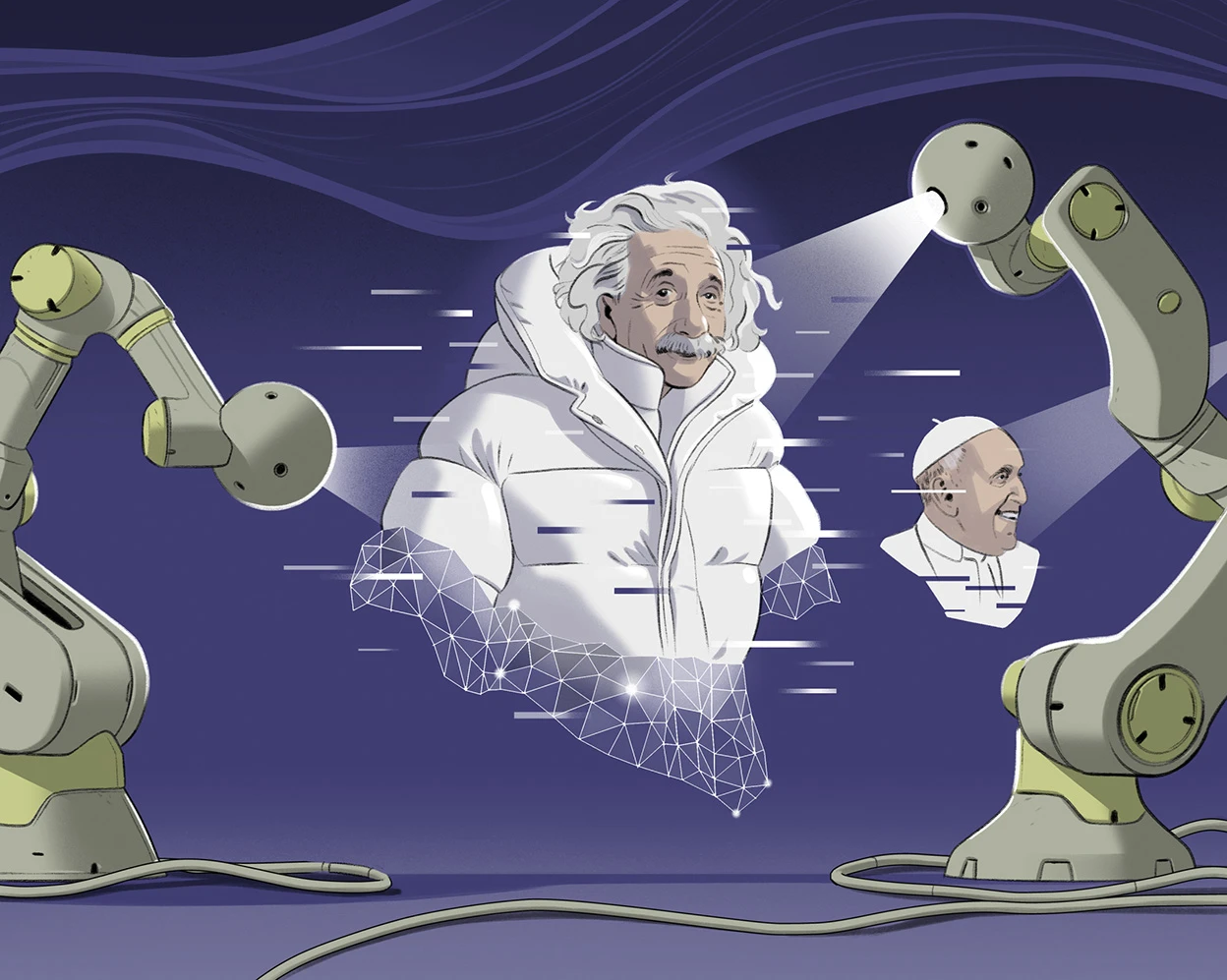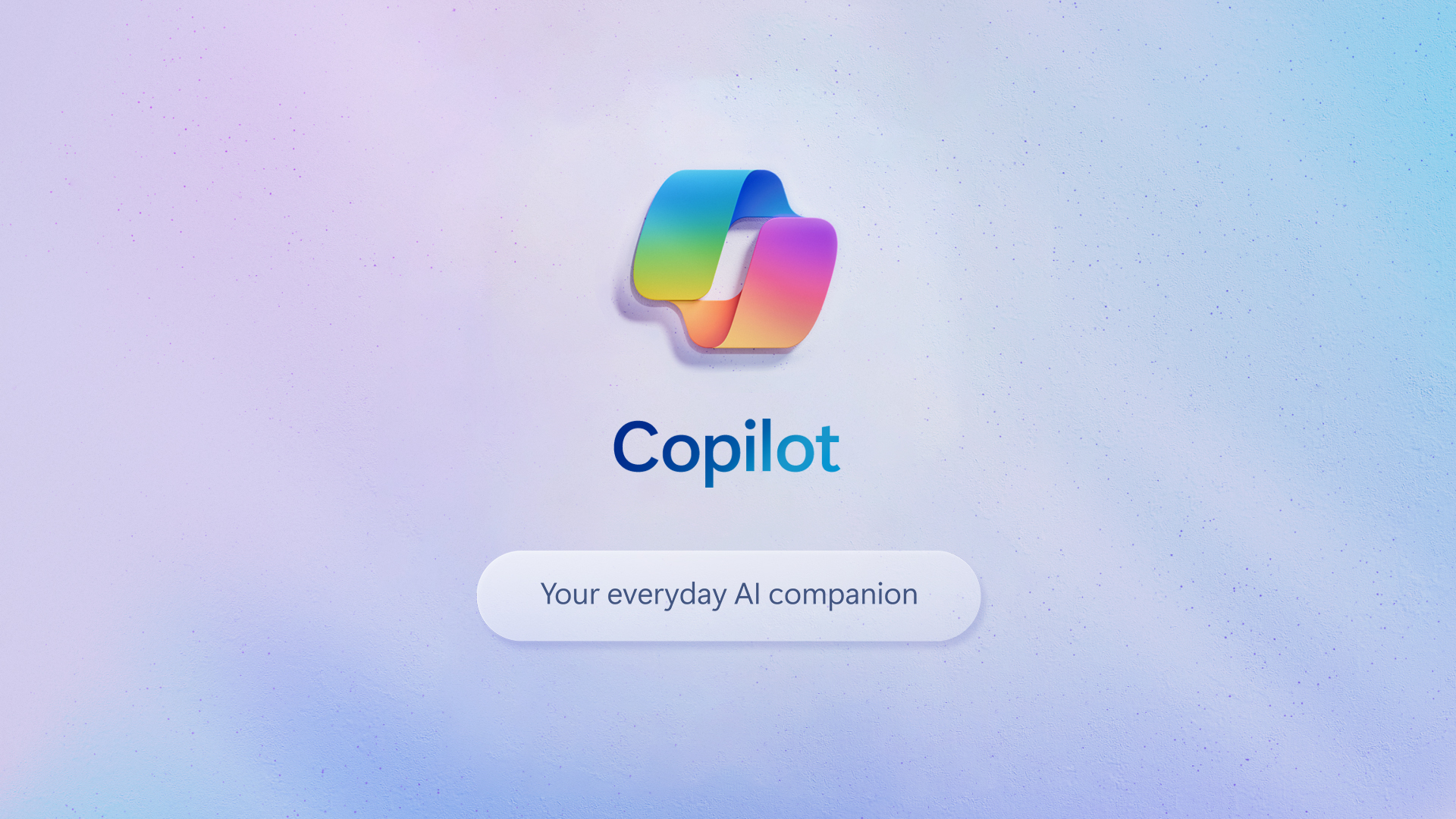Teaching writing in the age of AI — from the Future of Learning (a Hechinger Report newsletter) by Javeria Salman
ChatGPT can produce a perfectly serviceable writing “product,” she said. But writing isn’t a product per se — it’s a tool for thinking, for organizing ideas, she said.
“ChatGPT and other text-based tools can’t think for us,” she said. “There’s still things to learn when it comes to writing because writing is a form of figuring out what you think.”
When students could contrast their own writing to ChatGPT’s more generic version, Levine said, they were able to “understand what their own voice is and what it does.”
Grammarly’s new generative AI feature learns your style — and applies it to any text — from techcrunch.com by Kyle Wiggers; via Tom Barrett
But what about text? Should — and if so, how should — writers be recognized and remunerated for AI-generated works that mimic their voices?
Those are questions that are likely to be raised by a feature in Grammarly, the cloud-based typing assistant, that’s scheduled to launch by the end of the year for subscribers to Grammarly’s business tier. Called “Personalized voice detection and application,” the feature automatically detects a person’s unique writing style and creates a “voice profile” that can rewrite any text in the person’s style.
Is AI Quietly Weaving the Fabric of a Global Classroom Renaissance? — from medium.com by Robert the Robot
In a world constantly buzzing with innovation, a silent revolution is unfolding within the sanctuaries of learning—our classrooms.
From bustling metropolises to serene hamlets, schools across the globe are greeting a new companion—Artificial Intelligence (AI). This companion promises to redefine the essence of education, making learning a journey tailored to each child’s unique abilities.
The advent of AI in education is akin to a gentle breeze, subtly transforming the academic landscape. Picture a classroom where each child, with their distinct capabilities and pace, embarks on a personalized learning path. AI morphs this vision into reality, crafting a personalized educational landscape that celebrates the unique potential harbored within every learner.
AI Books for Educators — from aiadvisoryboards.wordpress.com by Barbara Anna Zielonka
Books have always held a special place in my heart. As an avid reader and AI enthusiast, I have curated a list of books on artificial intelligence specifically tailored for educators. These books delve into the realms of AI, exploring its applications, ethical considerations, and its impact on education. Share your suggestions and let me know which books you would like to see included on this list.
SAIL: ELAI recordings, AI Safety, Near term AI/learning — by George Siemens
We held our fourth online Empowering Learners for the Age of AI conference last week. We sold out at 1500 people (a Whova and budget limit). The recordings/playlist from the conference can now be accessed here.










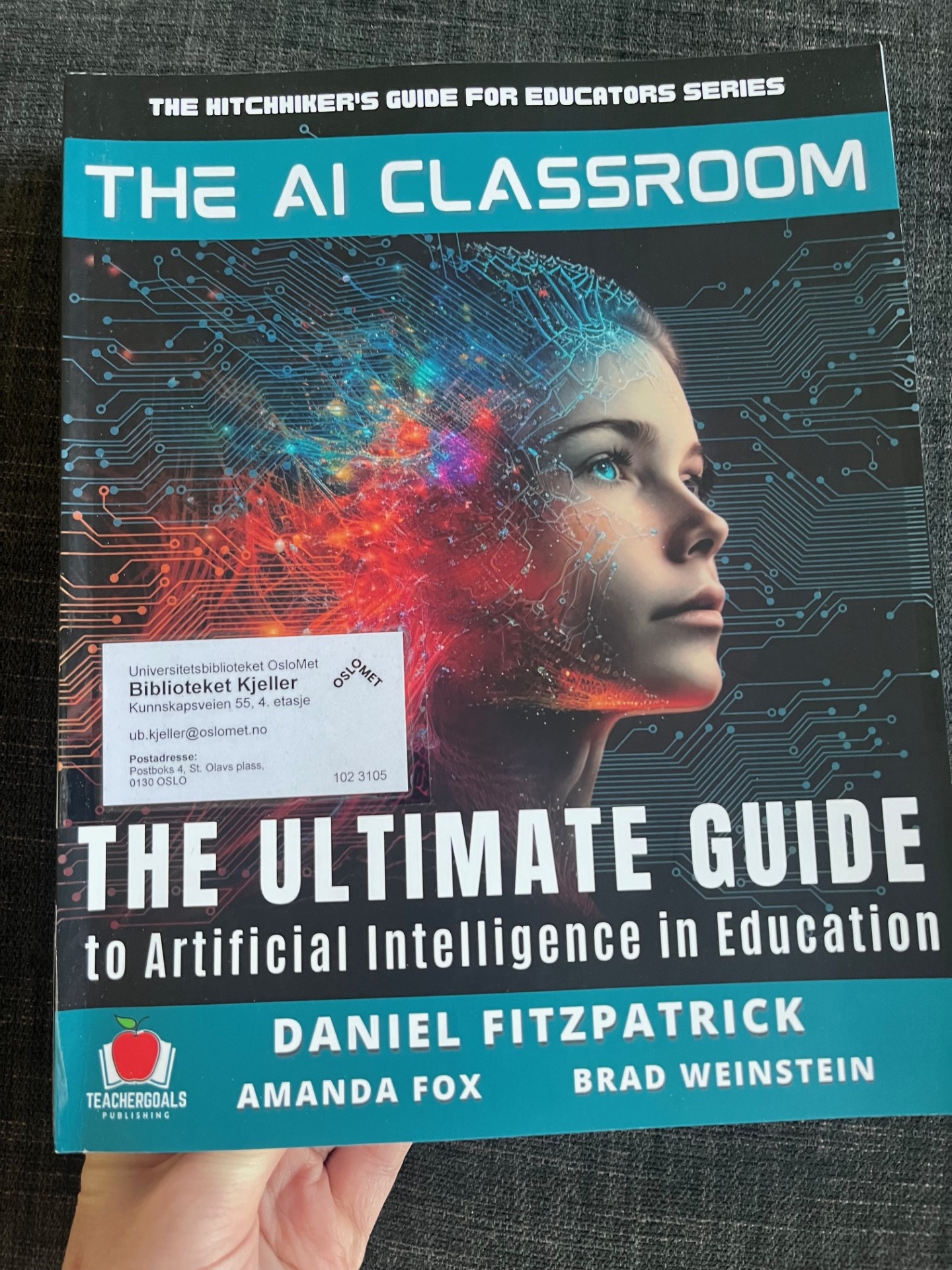

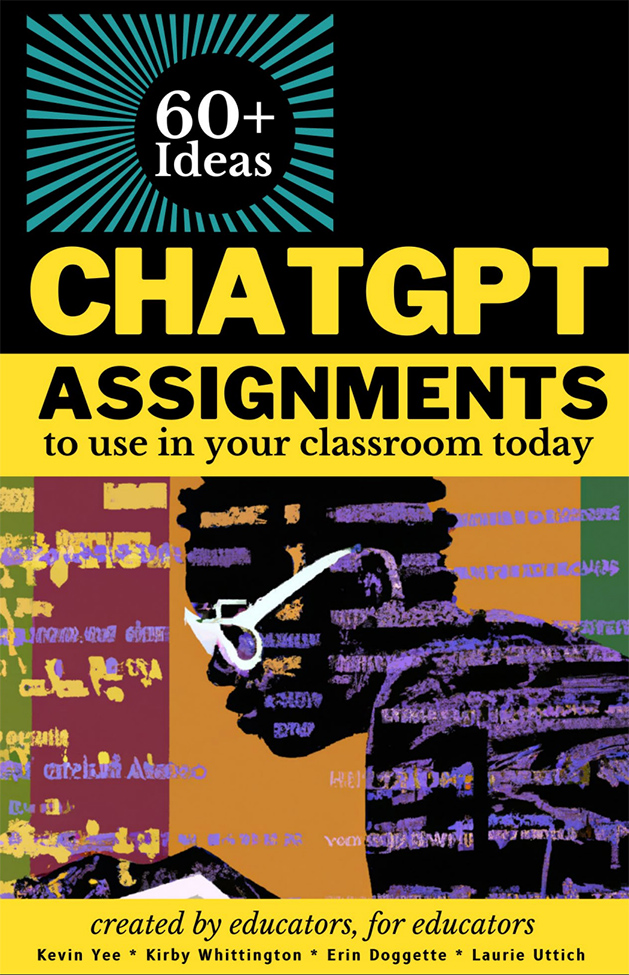



:format(webp)/cdn.vox-cdn.com/uploads/chorus_asset/file/24976021/Canva_Magic_Studio.png)
